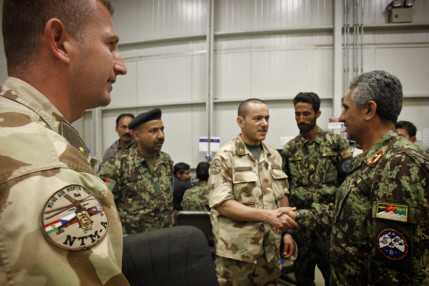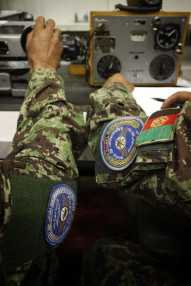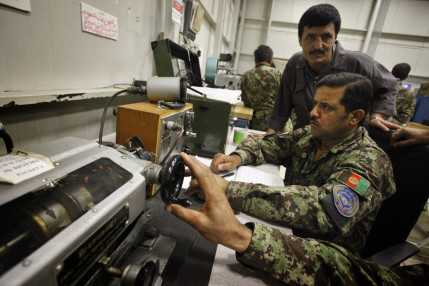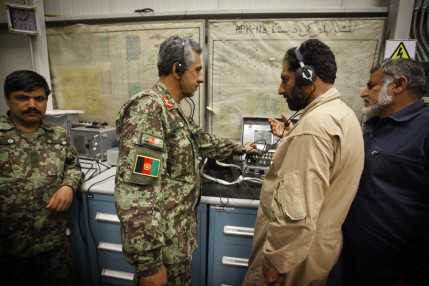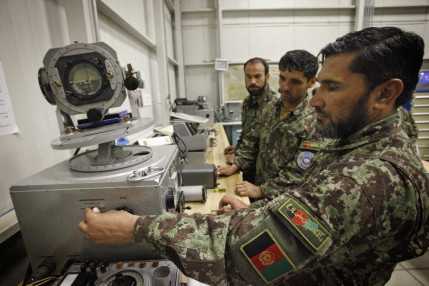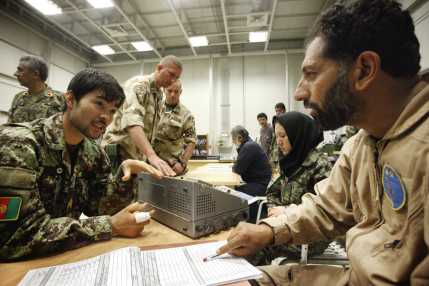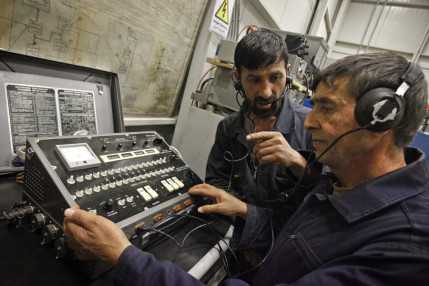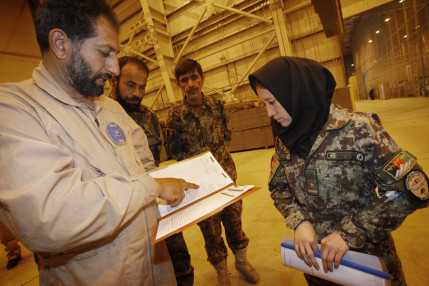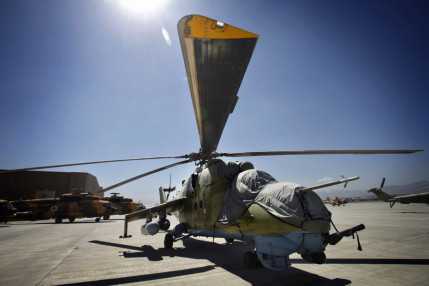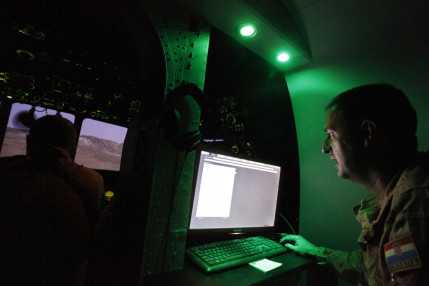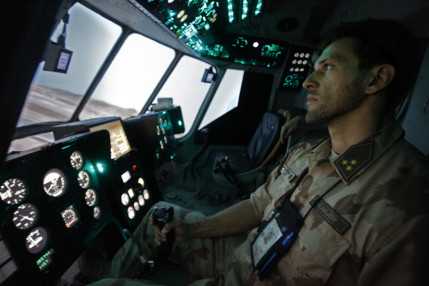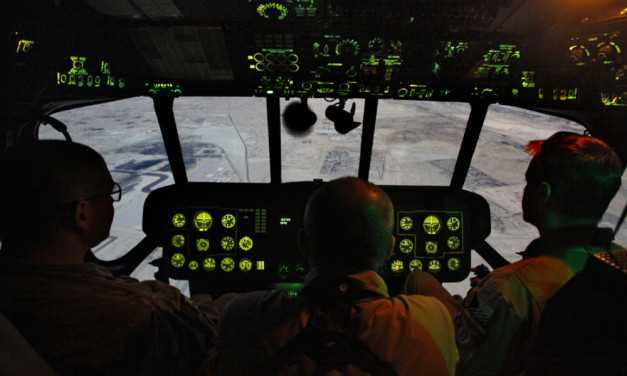A Tour of the Hangar
Szöveg: Balázs Trautmann | 2012. június 18. 15:38What the rotary-wing specialists of the air force – the ground crews and the aircrews equally – like the most is dealing with helicopters, be they real or virtual ones – and there are a large number of both kinds in Kabul indeed. During our visit we were able to tour the hangars and workplaces together with the aircraft maintenance technicians’ mentors, and even had a chance to see four simulators inside a building.
Galéria
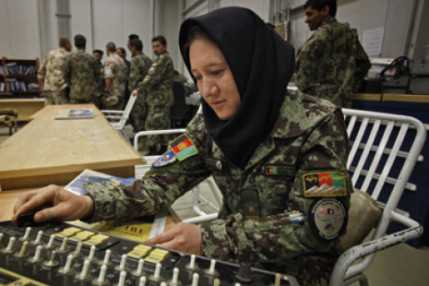
with maintaining and repairing the helicopter systems, the mechanics working inside the
hangar and on the flight line are assigned to different branches. Just like in the case of
aircrews, the leaving soldiers of the 6th rotation introduced the newcomers to the Afghan
aircraft maintainers to be mentored and to the expert technicians of the partner nations. It is
essential to know the ones you can turn to with your problems and those who can provide
you with quick and effective help in view of the local circumstances. The members of the Air
Mentor Team (AMT) supply the incoming rotation with these pieces of information on every
occasion.
The workshops are well equipped. It may seem strange to a European, but there’s heaps of
time in Afghanistan. The pace of the work is different, but the objectives are the same – to
ensure flight safety and to make available as many airworthy helicopters as possible. We met
a servicewoman of the Afghan Air Force who is assigned to the staff of the avionics, electrical
and oxygen systems branch. One month ago, the aircraft maintenance section received several
servicewomen, with US support. They are still under training, as we noticed on entering the
workshop.
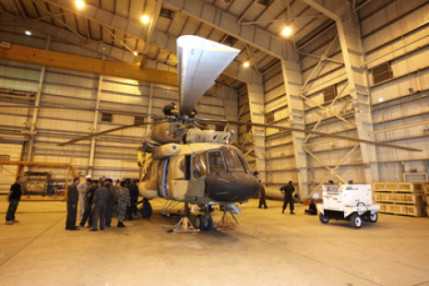
hangars. These rebuilt aircraft are in good condition, but they cannot escape the impact of
the Afghan environment. The sand and heat put even these heavy-duty Russian aircraft to
the test, and of course, you have to take account of our Afghan partners’ different working
methods as well. The Afghans are becoming more and more autonomous, as in this stage the
US partners only watch and supervise their work without participating in the day-to-day repair
and maintenance tasks.
In addition to the real helicopters, you can try out the Mi-17 simulator too. This system
consists of a rebuilt cockpit of a real Mi-17, which is being moved by large hydraulic
cylinders, and the members of the Hungarian AMT are allowed to use it three times per week.
The Afghan pilots are now able to practice complex missions and emergency procedures
with them, whereas the co-pilots and the pilots under training receive simpler taskings, more
attention and guidance.
The Hungarian and Afghan aircrews mostly use the Mi-17 simulator to fly above the precisely
modeled virtual environment of the Kabul International Airport (KAIA) and its surroundings,
but they may also use other airports. Besides the virtual air traffic, even some “bad boys" may
appear on the ground (on the simulator screen), being equipped with shoulder-launched short-
range infrared-guided missiles. This is no accident, for that kind of attack poses a real threat
to helicopters and their crews in Afghanistan.
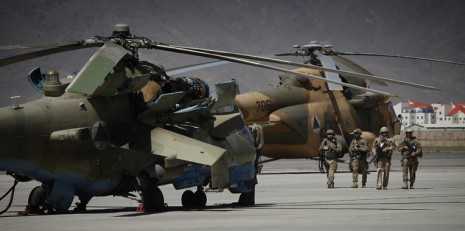
Photo: Veronika Dévényi
Click on our gallery for more pictures!
